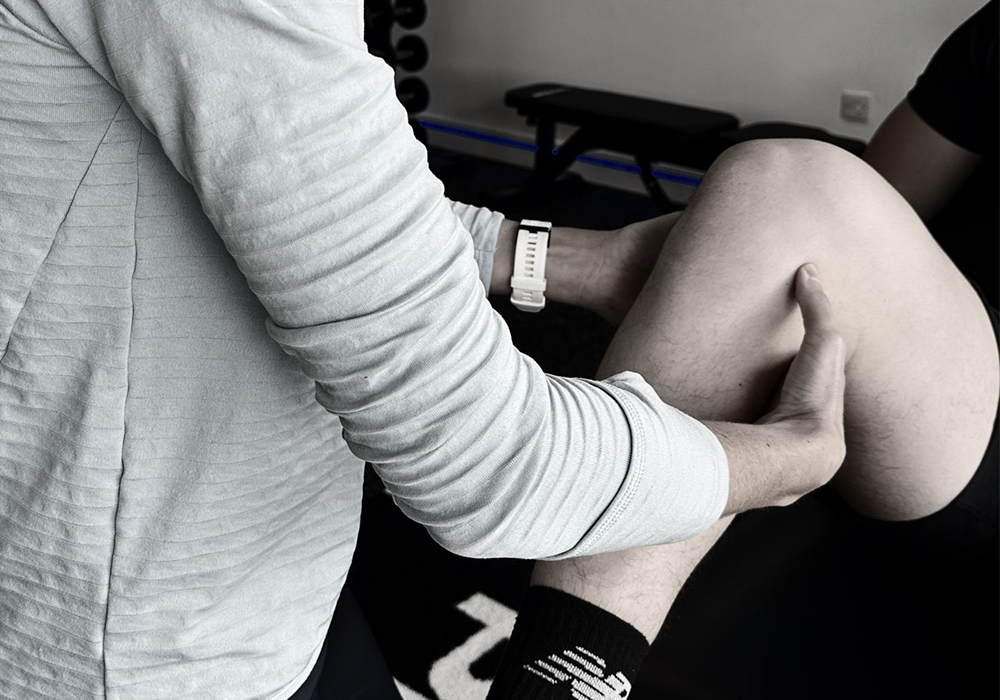As someone who has experienced the challenges of knee pain firsthand, including undergoing three knee surgeries and living with bone-on-bone contact in my knee, I understand how debilitating and frustrating knee issues can be. In this blog, I’ll share some of the strategies that have helped me manage my knee pain effectively and offer practical tips that you might find useful.
1. Embrace the Power of Ice
One of the most effective ways to manage knee pain, especially after surgery or intense activity, is to use ice. Following my latest knee surgery, I found the Game Ready ice machine to be an incredible tool for alleviating post-operative pain and reducing swelling. The combination of ice and compression provided much-needed relief and helped accelerate my recovery.
For those who don’t have access to specialized equipment like the Game Ready, simple ice packs can still be very effective. Apply an ice pack wrapped in a cloth to your knee for 15-20 minutes several times a day. This method helps reduce inflammation and numb the area, providing immediate relief from pain.
2. Incorporate Gentle Exercises
While resting is important, gentle exercises play a crucial role in maintaining knee health and preventing stiffness. Low-impact activities such as swimming, cycling, and walking can strengthen the muscles around the knee without putting excessive strain on the joint.
I recommend incorporating specific exercises to target the quadriceps, hamstrings, and calves. These muscles support and stabilize the knee joint. Simple exercises like straight leg raises, hamstring stretches, and calf raises can be beneficial. Always consult with a healthcare professional before starting any new exercise regimen, especially if you have existing knee issues.
3. Utilise Knee Braces for Support
Knee braces can offer significant support and relief, particularly for conditions like osteoarthritis or ligament injuries. As a Preferred Referral Partner clinic for Ossur, we provide a variety of knee braces tailored to different needs. For instance, Unloader braces are designed to offload pressure from the affected areas of the knee, which can be especially helpful for those dealing with bone-on-bone contact. If you’re considering a knee brace, it’s essential to get properly fitted during an appointment. A correct fit ensures that the brace provides the optimal level of support and comfort. At Specialist Sports Therapy, we offer comprehensive brace fitting services to help you find the right solution for your needs.
4. Focus on Proper Nutrition and Weight Management
Maintaining a healthy weight can alleviate stress on the knee joints. A balanced diet rich in anti-inflammatory foods, such as leafy greens, fatty fish, and nuts, can help manage inflammation and support overall joint health. Additionally, staying hydrated is crucial for joint lubrication. Drinking plenty of water can help keep your joints functioning smoothly and reduce discomfort.
5. Seek Professional Advice
Navigating knee pain can be challenging, and sometimes the best approach involves seeking professional guidance. Whether it’s through physical therapy, sports therapy, or consultations with orthopedic specialists, having a personalized treatment plan can make a significant difference.
If you have any questions or need assistance with managing your knee pain, feel free to reach out to us. Our team at Specialist Sports Therapy is dedicated to providing you with the support and resources you need to improve your knee health. Conclusion Managing knee pain requires a multifaceted approach, combining self-care strategies with professional support. From using ice and gentle exercises to utilizing knee braces and focusing on nutrition, these methods have been instrumental in my own journey with knee pain. I hope these insights help you find relief and improve your quality of life. For more information on knee pain management and related topics, explore our blog or contact us directly.

